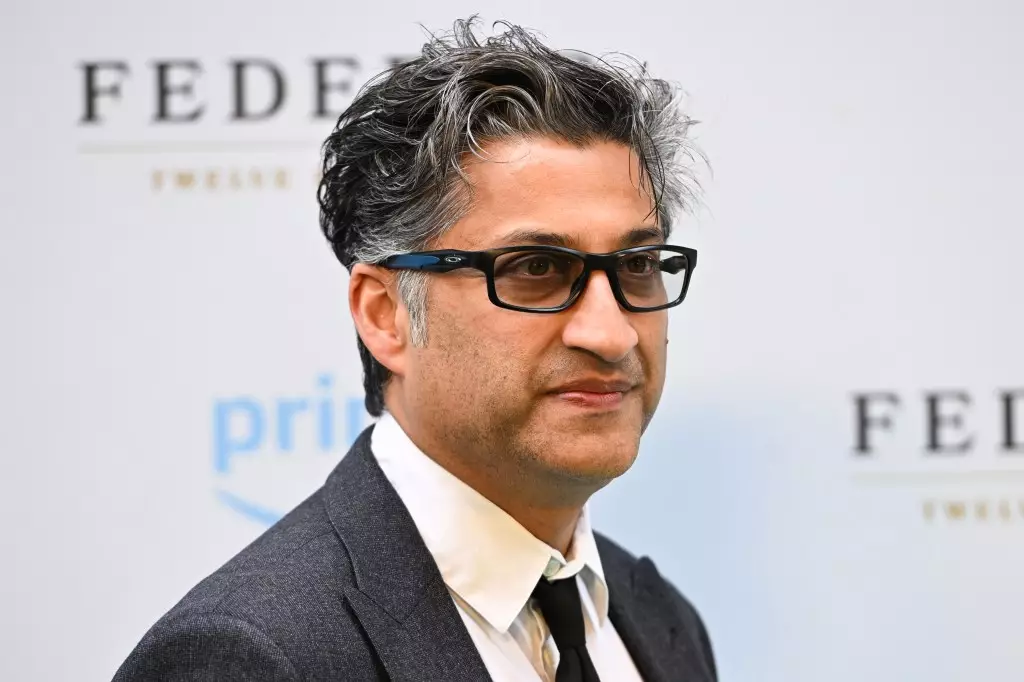Renowned British film director Asif Kapadia recently shared a troubling saga that underscores the implications of surveillance and racial profiling. For nearly ten years, Kapadia found himself ensnared in an American watch list, a situation sparked by an innocuous act: taking photographs of New York City from a taxi. Upon returning to the airport, the celebrated director was subjected to public humiliation as Homeland Security officers questioned his motives and actions. As a person of color, this experience not only highlighted his status as an outsider but also exposed the deeper issues inherent in security protocols that can turn benign behavior into grounds for suspicion. The ordeal served as a harsh reminder of how perceptions can vary based on one’s ethnicity, casting a spotlight on systemic biases within security operations.
The impact of being placed on a watch list resonated deeply with Kapadia, compelling him to rethink his travel plans and ultimately diminish his visits to the U.S. The continuous scanning of his boarding pass only heightened his anxiety; each time it was met with a red light, a signal not of danger but rather of scrutiny. This occurrence became a daunting ritual, symbolizing how one individual’s experience can transform into a broader commentary on civil liberties in a post-9/11 world. Such constant surveillance instilled a sense of paranoia in Kapadia, reshaping his understanding of freedom and mobility. He even resorted to carrying a letter from Universal Studios to validate his presence, an act that underscores how creative professionals can be subjected to undue restrictions simply for existing in spaces from which they should feel welcome.
In a striking contrast to his turbulent experiences with U.S. immigration, Kapadia channeled his frustrations and observations into his new film project, “2073.” This genre-defying sci-fi film, set in a dystopian “New San Francisco,” speaks volumes about real-world issues such as climate change and technological dominance. By intertwining archive footage, interviews, and fantasy elements, Kapadia crafts a narrative that reflects contemporary fears around populist politics and societal decay. The thematic exploration of his film serves as a critique of current sociopolitical climates, revealing the fragility of civilization in the face of evolving threats.
As “2073” prepares for its release, starting in the U.S. on December 27 and in the UK on January 1, audiences eagerly await a film that is not just an imaginative escape but a profound commentary on present-day dilemmas. Kapadia’s journey illustrates how an artist’s personal trials can inform their creative output, shedding light on the broader societal challenges. While his experience with surveillance is deeply personal, it resonates with audiences who recognize the pervasive nature of scrutiny in a world shaped by fear. Through storytelling, Kapadia transcends the limitations imposed by his circumstances and emerges as both a witness and critic, reminding us of the importance of art as a tool for reflection and change in a rapidly evolving world.

